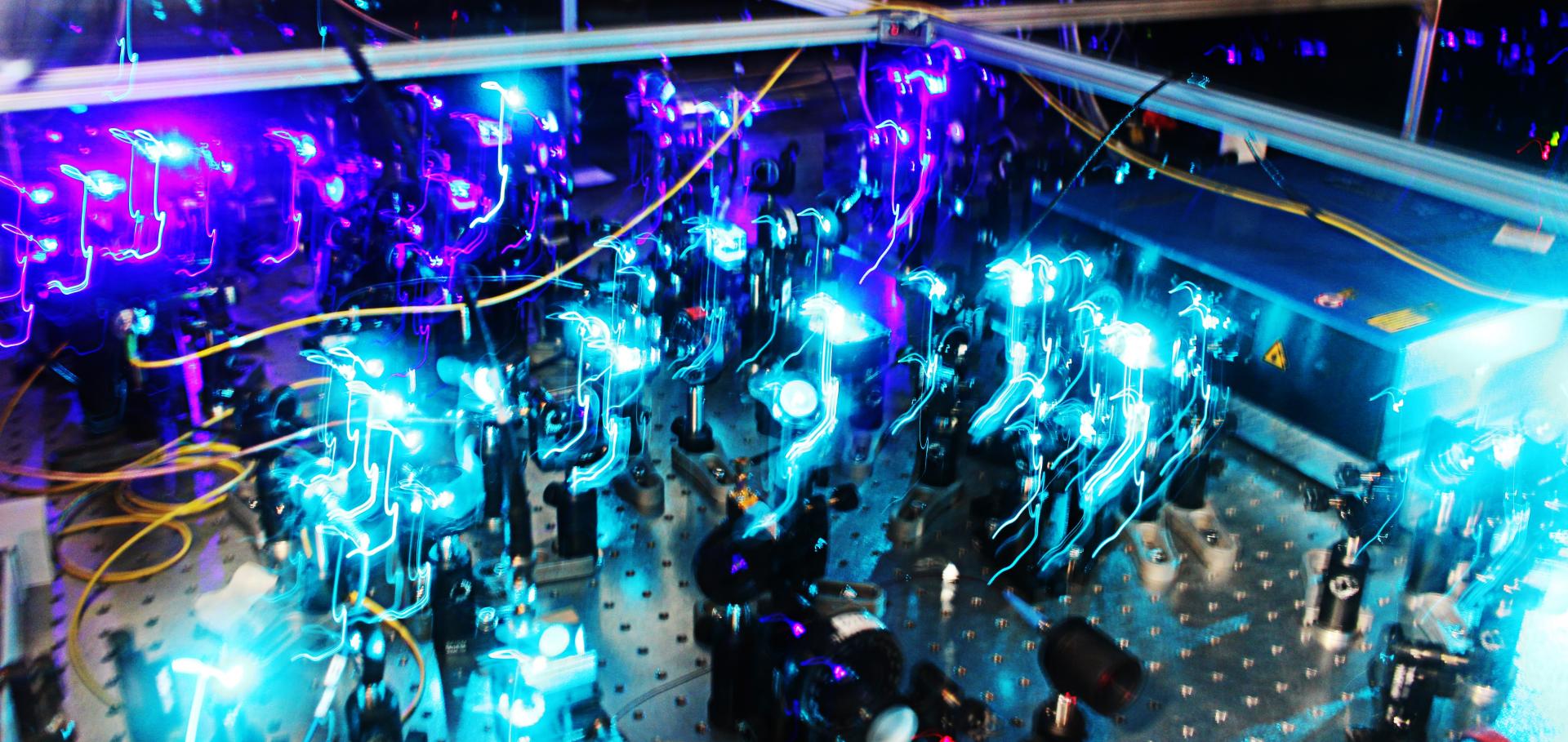Numerical Aperture Dependence of Mie Modes in Low Refractive Index Particles and Enhanced Collection Using Metallic Substrates
Abstract:
Abstract Advancements in utilizing low refractive index dielectric particles have implications for sensing, lasing, and strong‐coupling at nano and microscopic scales. These cavities offer benefits like ease of fabrication and biocompatibility, making them promising for a wide range of technologies by utilizing their narrow linewidth modes. However, optical modes sustained in these dispersive systems can show distinct behaviors depending on the detection configuration. This study shows the influence of numerical aperture (NA) of the objective lens on the detection of Mie modes in a dielectric microsphere under far‐field excitation and collection. It is demonstrated experimentally and numerically that Mie modes from microspheres outcouple at different angles, with variations in mode amplitudes contingent on the NA of the objective lens, thus leading to distinct linewidths while probing with different NA objectives. Furthermore, it is shown that metallic substrates can facilitate efficient detection of Mie modes by redirecting scattered modes towards low angles. This enables mode detection with low NA lenses and further preventing the inclusion of incident scattered light from higher angles which otherwise perturb the modes. The results underline the importance of careful detection strategies to fully harness dielectric particles as optical platforms for applications in particle detection and characterization.Inhibiting the Appearance of Green Emission in Mixed Lead Halide Perovskite Nanocrystals for Pure Red Emission
Abstract:
Mixed halide perovskites exhibit promising optoelectronic properties for next-generation light-emitting diodes due to their tunable emission wavelength that covers the entire visible light spectrum. However, these materials suffer from severe phase segregation under continuous illumination, making long-term stability for pure red emission a significant challenge. In this study, we present a comprehensive analysis of the role of halide oxidation in unbalanced ion migration (I/Br) within CsPbI2Br nanocrystals and thin films. We also introduce a new approach using cyclic olefin copolymer (COC) to encapsulate CsPbI2Br perovskite nanocrystals (PNCs), effectively suppressing ion migration by increasing the corresponding activation energy. Compared with that of unencapsulated samples, we observe a substantial reduction in phase separation under intense illumination in PNCs with a COC coating. Our findings show that COC enhances phase stability by passivating uncoordinated surface defects (Pb2+ and I–), increasing the formation energy of halide vacancies, improving the charge carrier lifetime, and reducing the nonradiative recombination density.Boosting biomolecular switch efficiency with quantum coherence
Stability of mixed lead halide perovskite films encapsulated in cyclic olefin copolymer at room and cryogenic temperatures
Abstract:
Lead Mixed Halide Perovskites (LMHPs), CsPbBrI2, have attracted significant interest as promising candidates for wide bandgap absorber layers in tandem solar cells due to their relative stability and red-light emission with a bandgap ∼1.7 eV. However, these materials segregate into Br-rich and I-rich domains upon continuous illumination, affecting their optical properties and compromising the operational stability of devices. Herein, we track the microscopic processes occurring during halide segregation by using combined spectroscopic measurements at room and cryogenic temperatures. We also evaluate a passivation strategy to mitigate the halide migration of Br/I ions in the films by overcoating with cyclic olefin copolymer (COC). Our results explain the correlation between grain size, intensity dependencies, phase segregation, activation energy barrier, and their influence on photoinduced carrier lifetimes. Importantly, COC treatment increases the lifetime charge carriers in mixed halide thin films, improving efficient charge transport in perovskite solar cell applications.
Ultranarrow line width room-temperature single-photon source from perovskite quantum dot embedded in optical microcavity
Abstract:
Ultranarrow bandwidth single-photon sources operating at room-temperature are of vital importance for viable optical quantum technologies at scale, including quantum key distribution, cloud-based quantum information processing networks, and quantum metrology. Here we show a room-temperature ultranarrow bandwidth single-photon source generating single-mode photons at a rate of 5 MHz based on an inorganic CsPbI3 perovskite quantum dot embedded in a tunable open-access optical microcavity. When coupled to an optical cavity mode, the quantum dot room-temperature emission becomes single-mode, and the spectrum narrows down to just ∼1 nm. The low numerical aperture of the optical cavities enables efficient collection of high-purity single-mode single-photon emission at room-temperature, offering promising performance for photonic and quantum technology applications. We measure 94% pure single-photon emission in a single-mode under pulsed and continuous-wave (CW) excitation.


